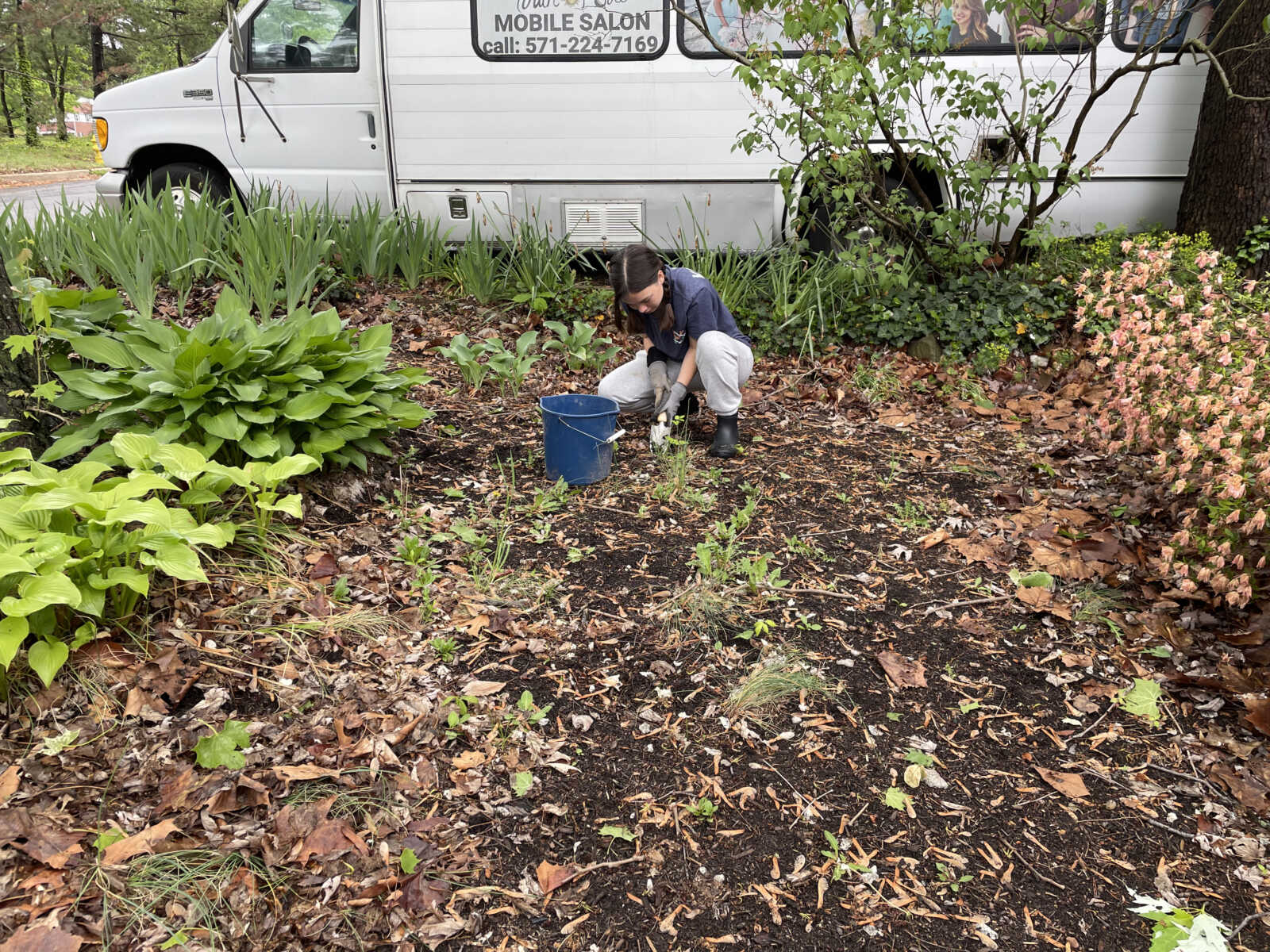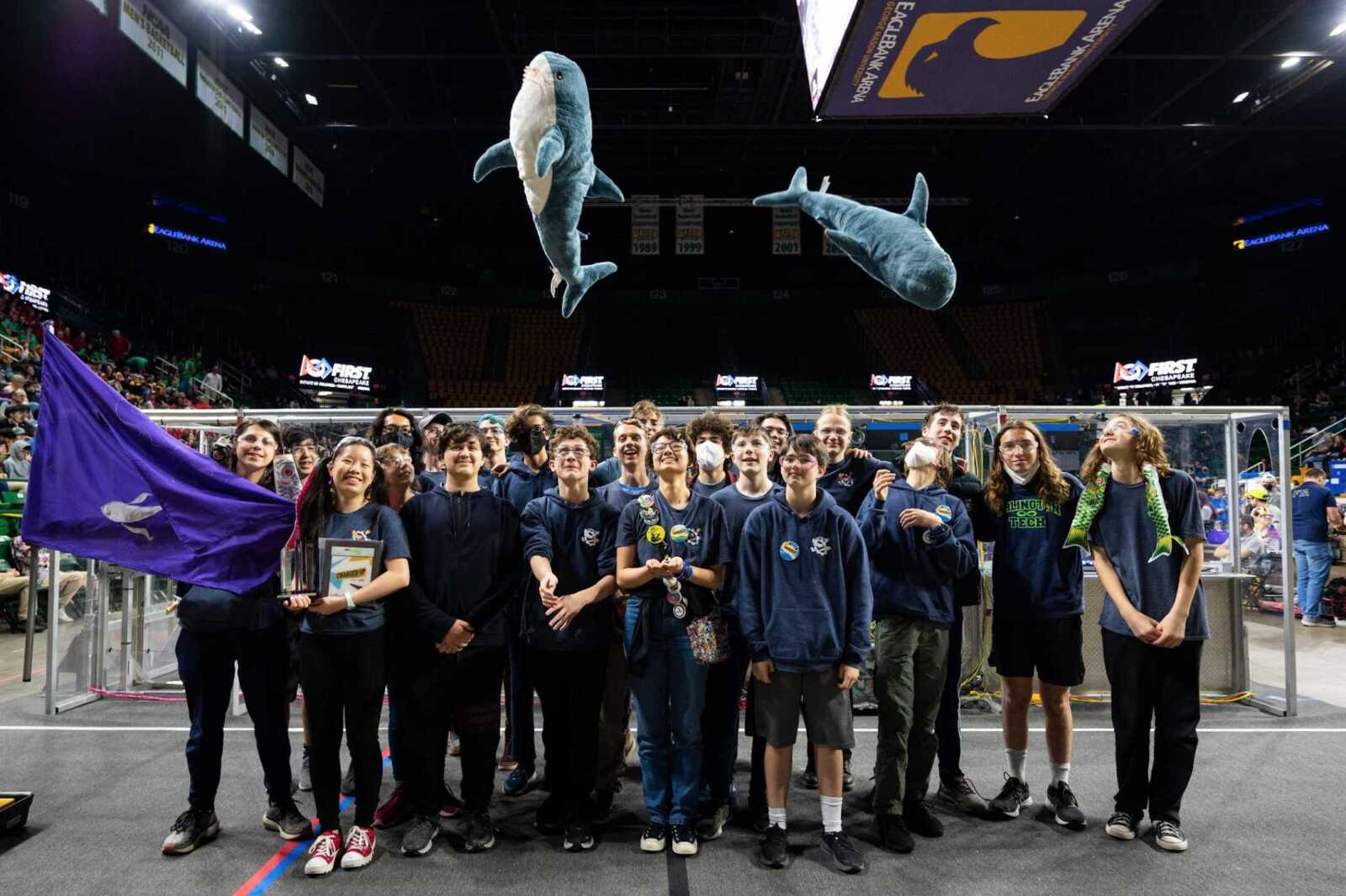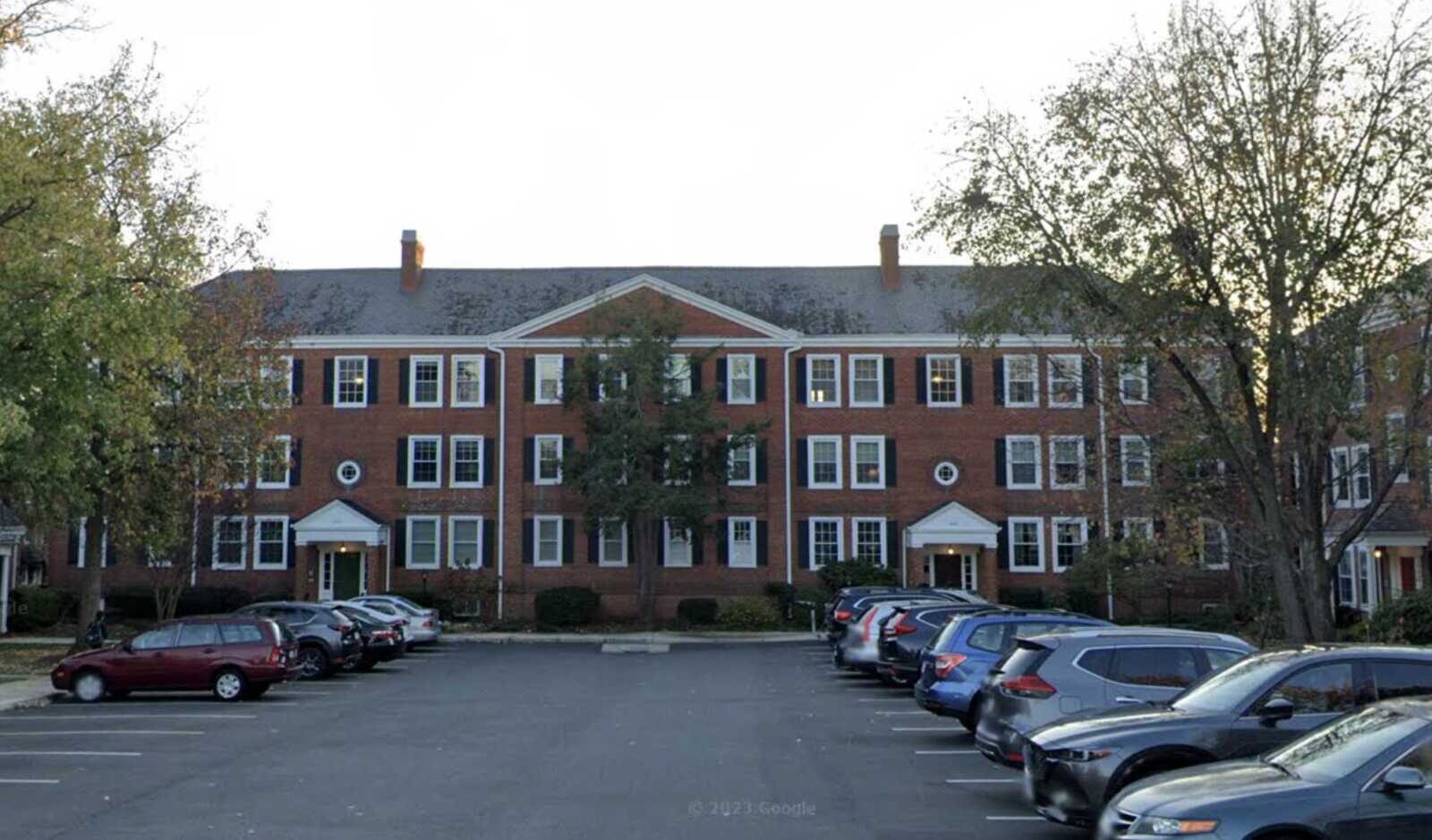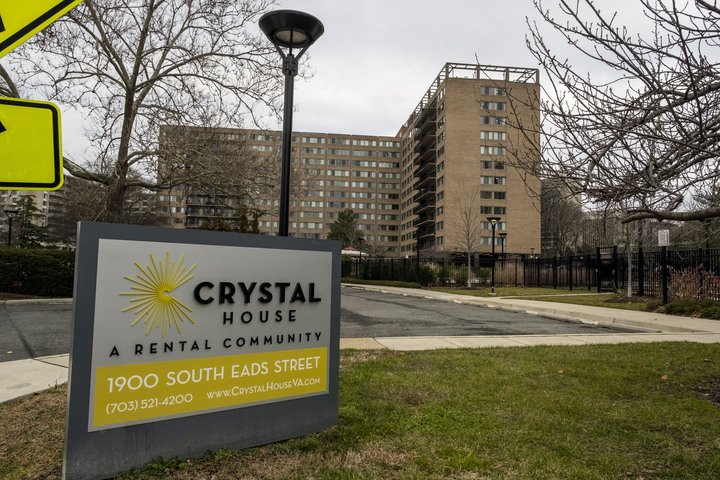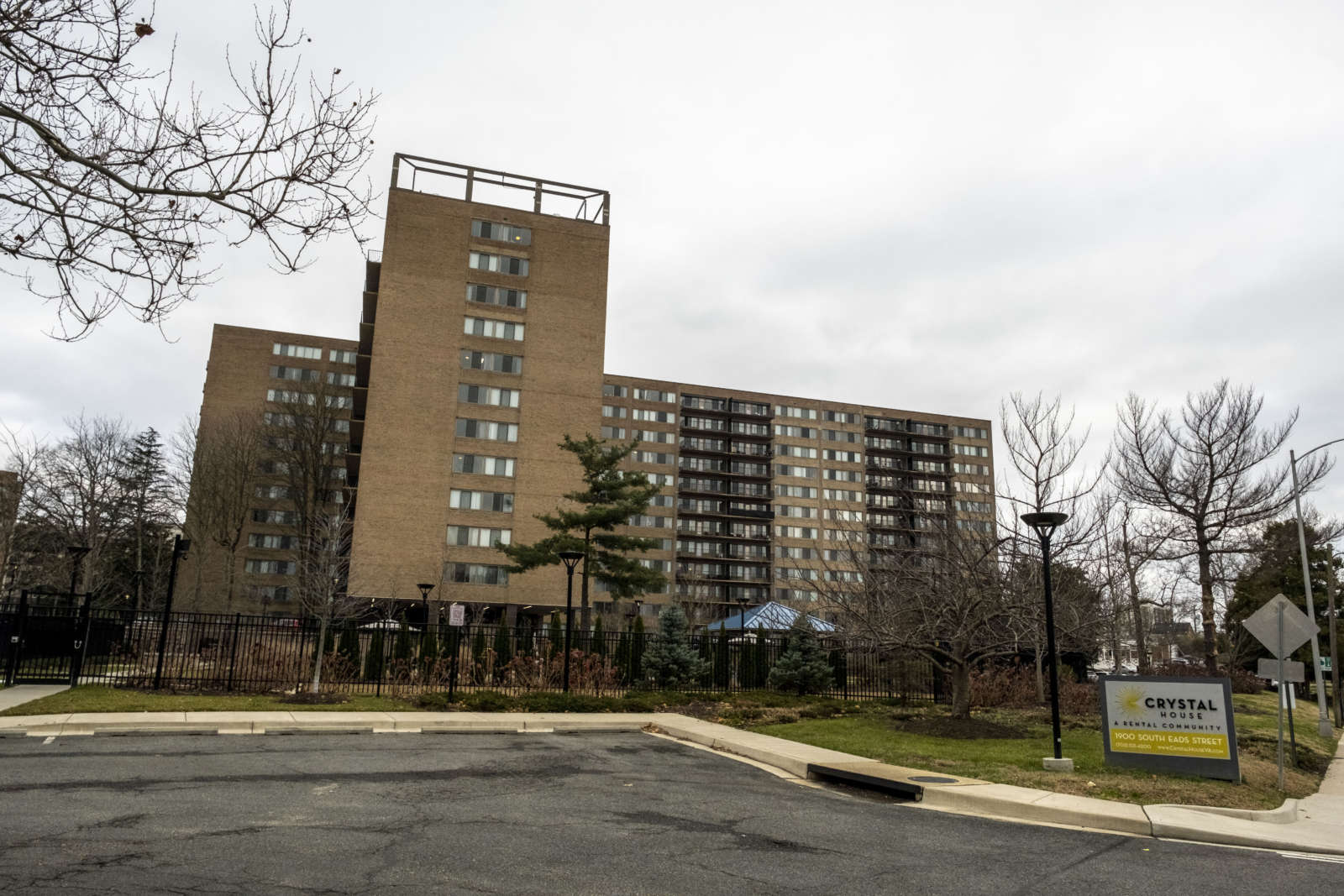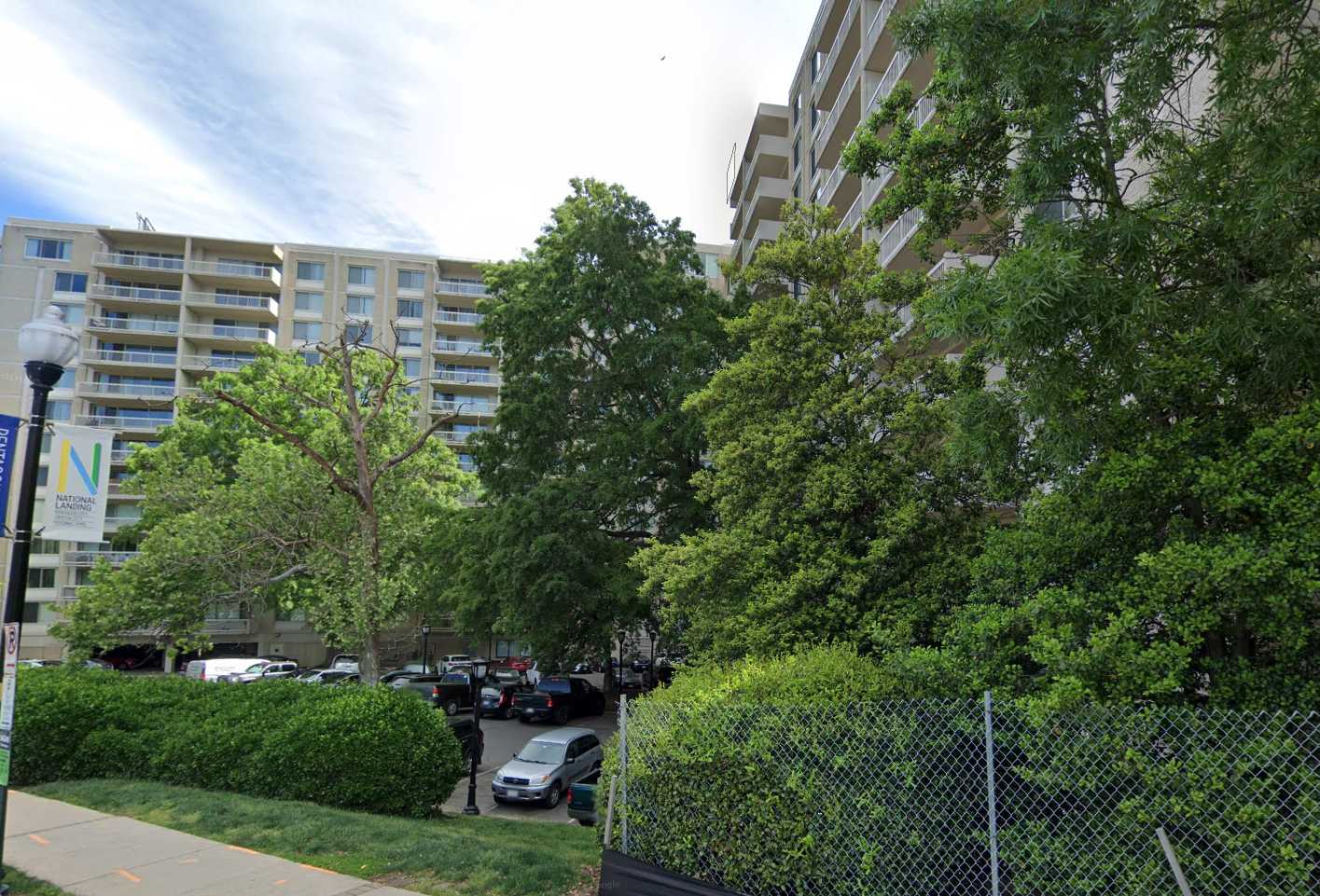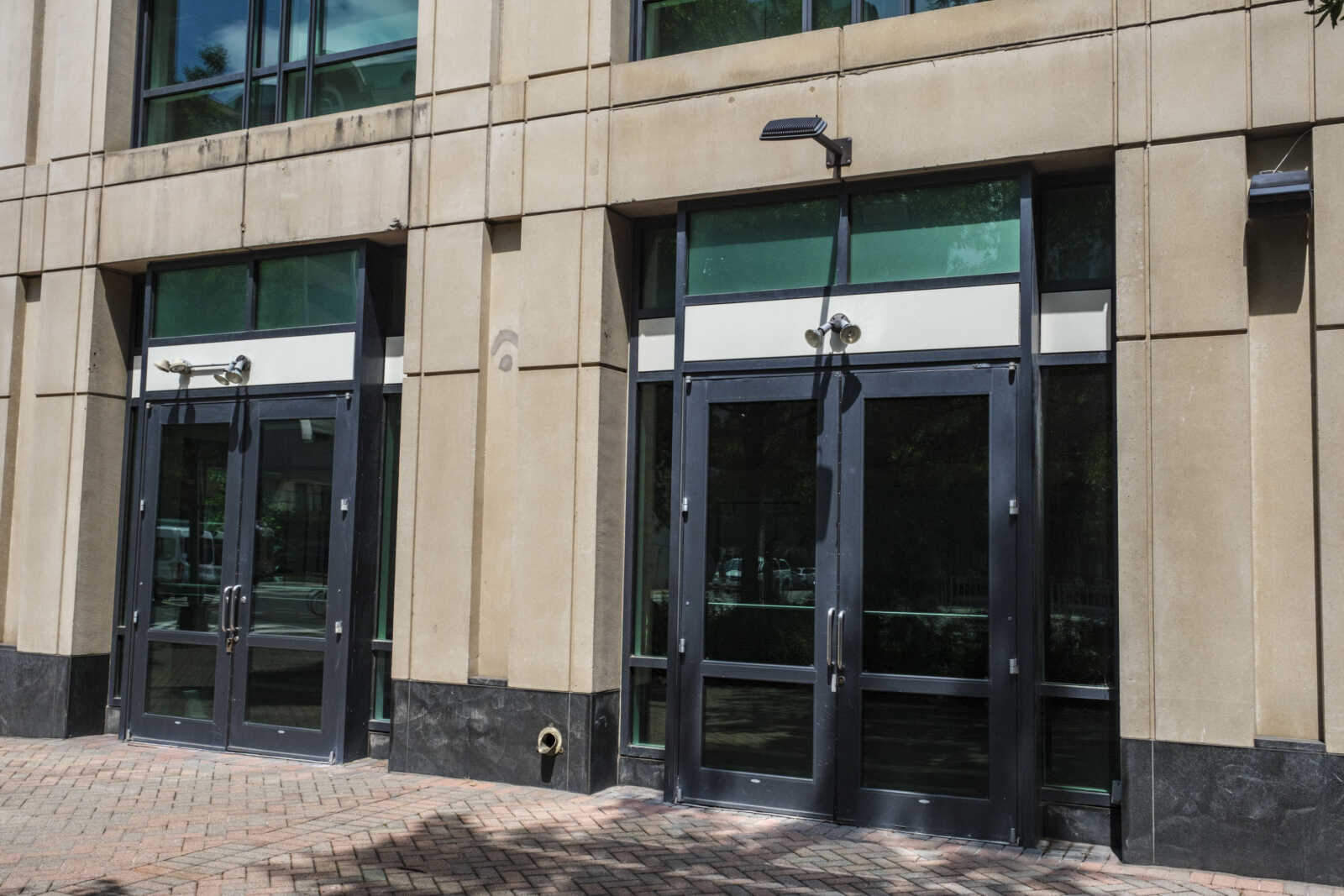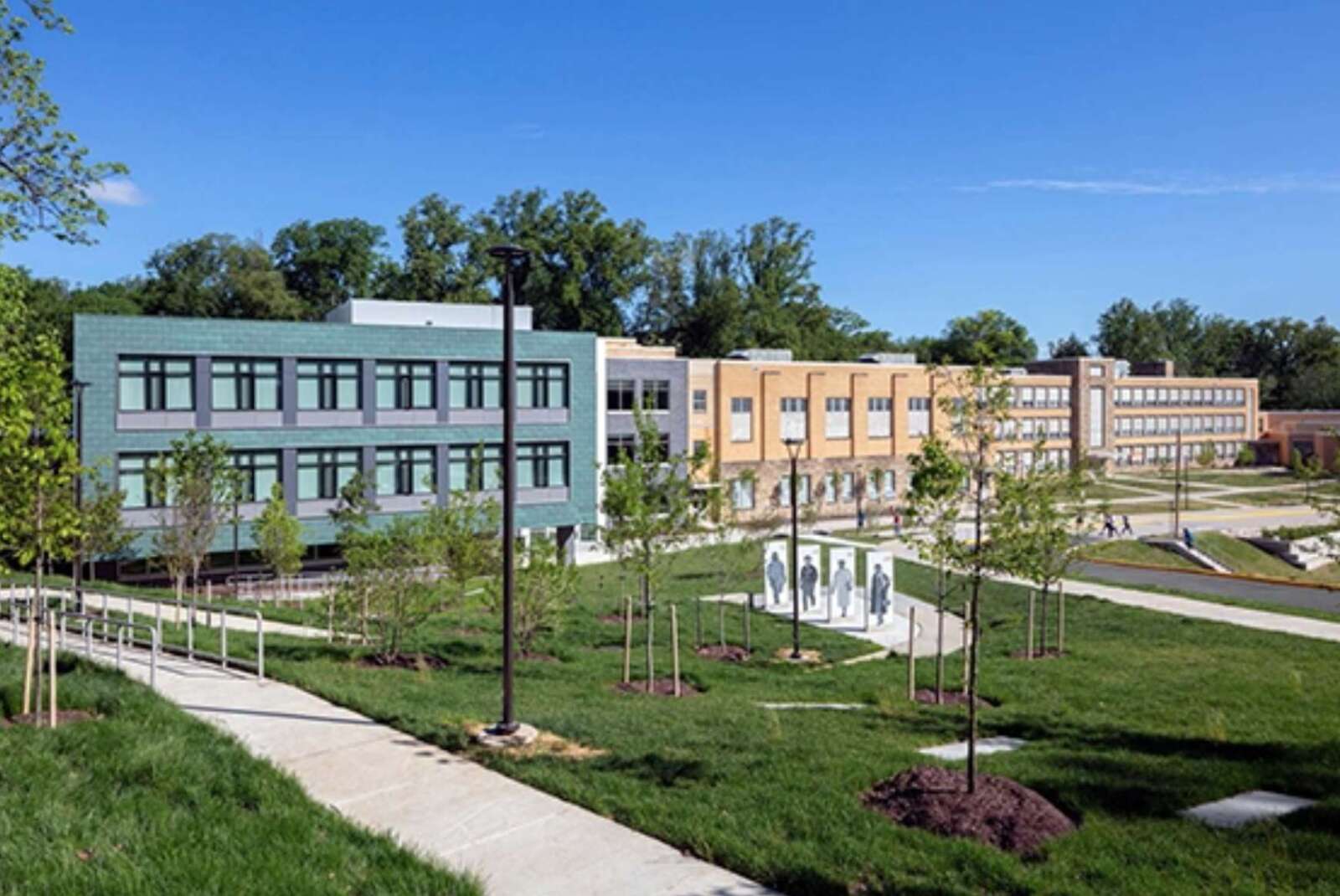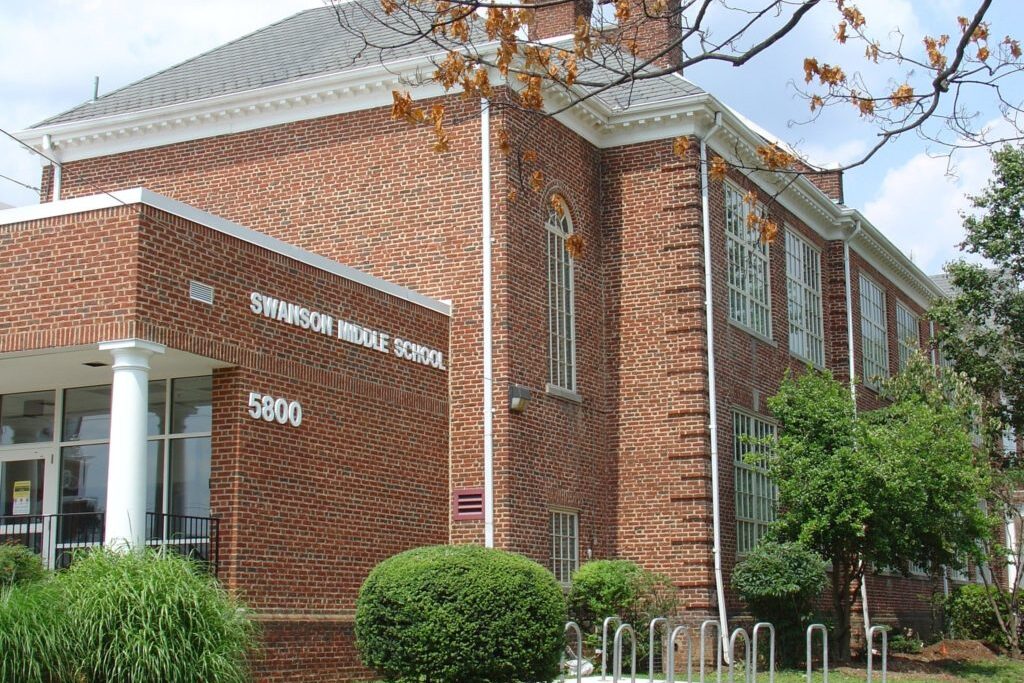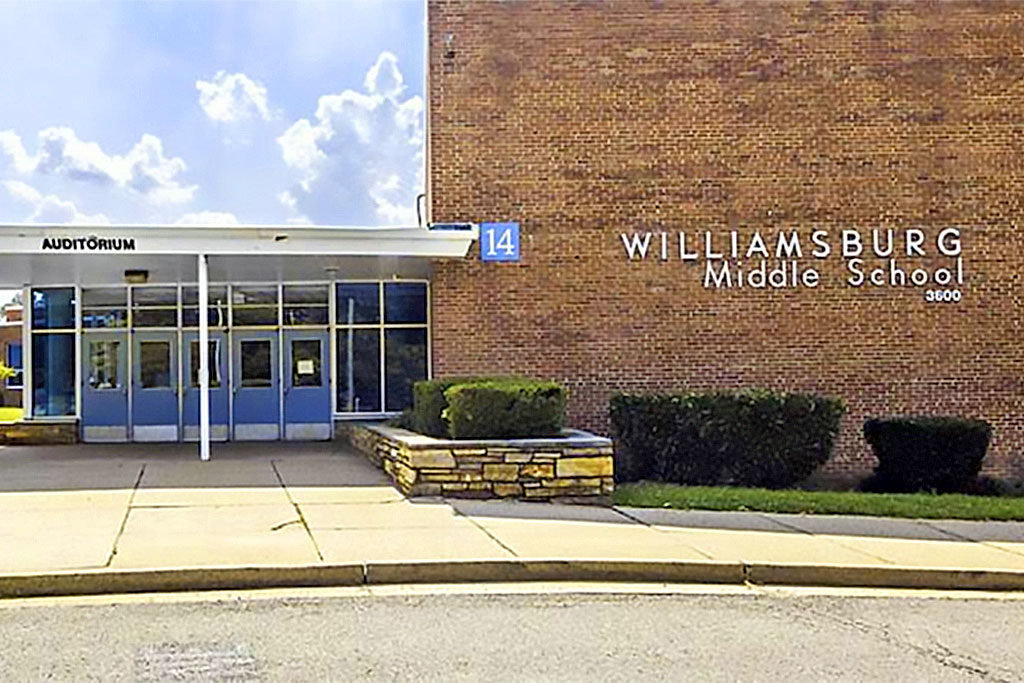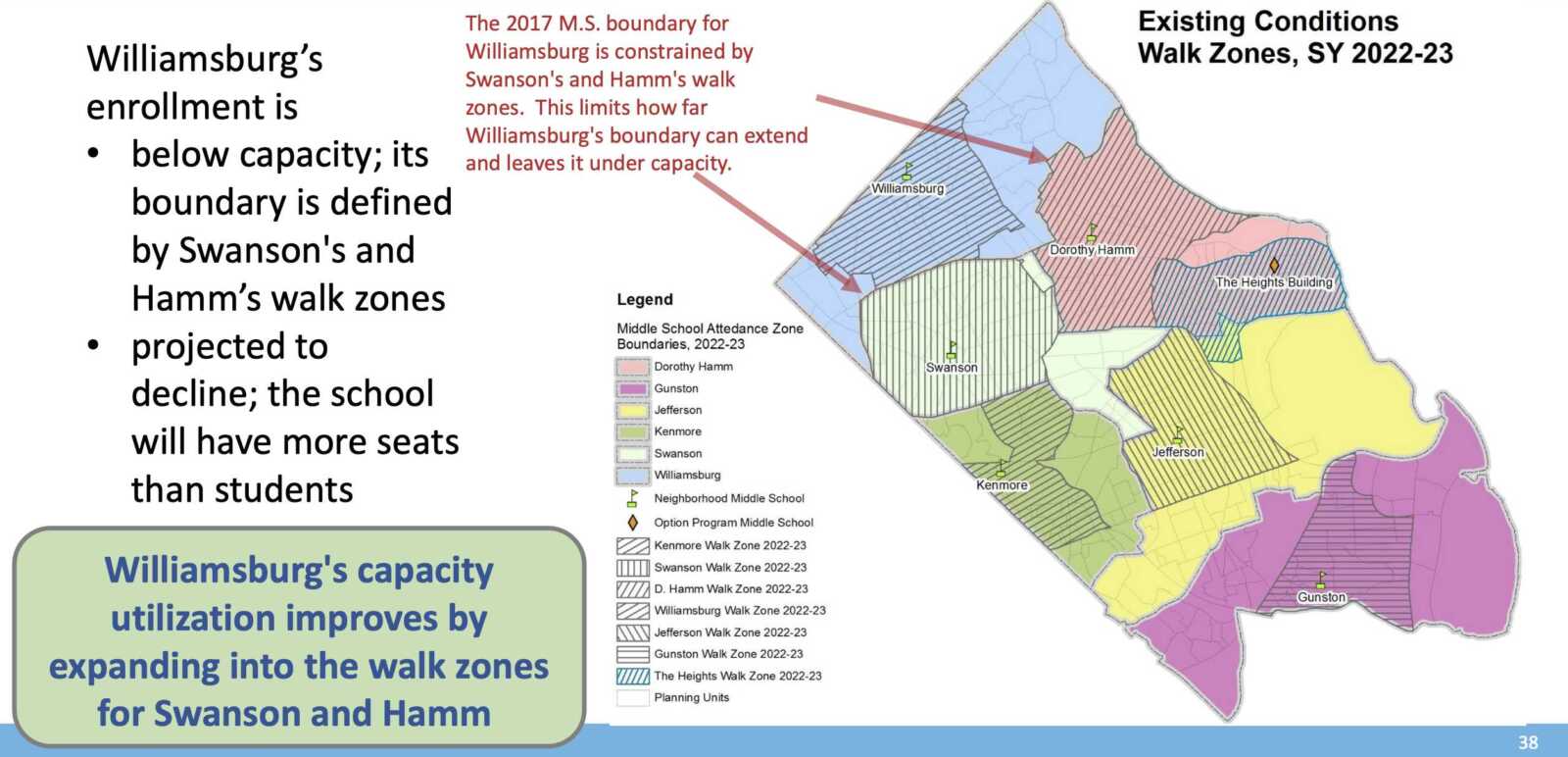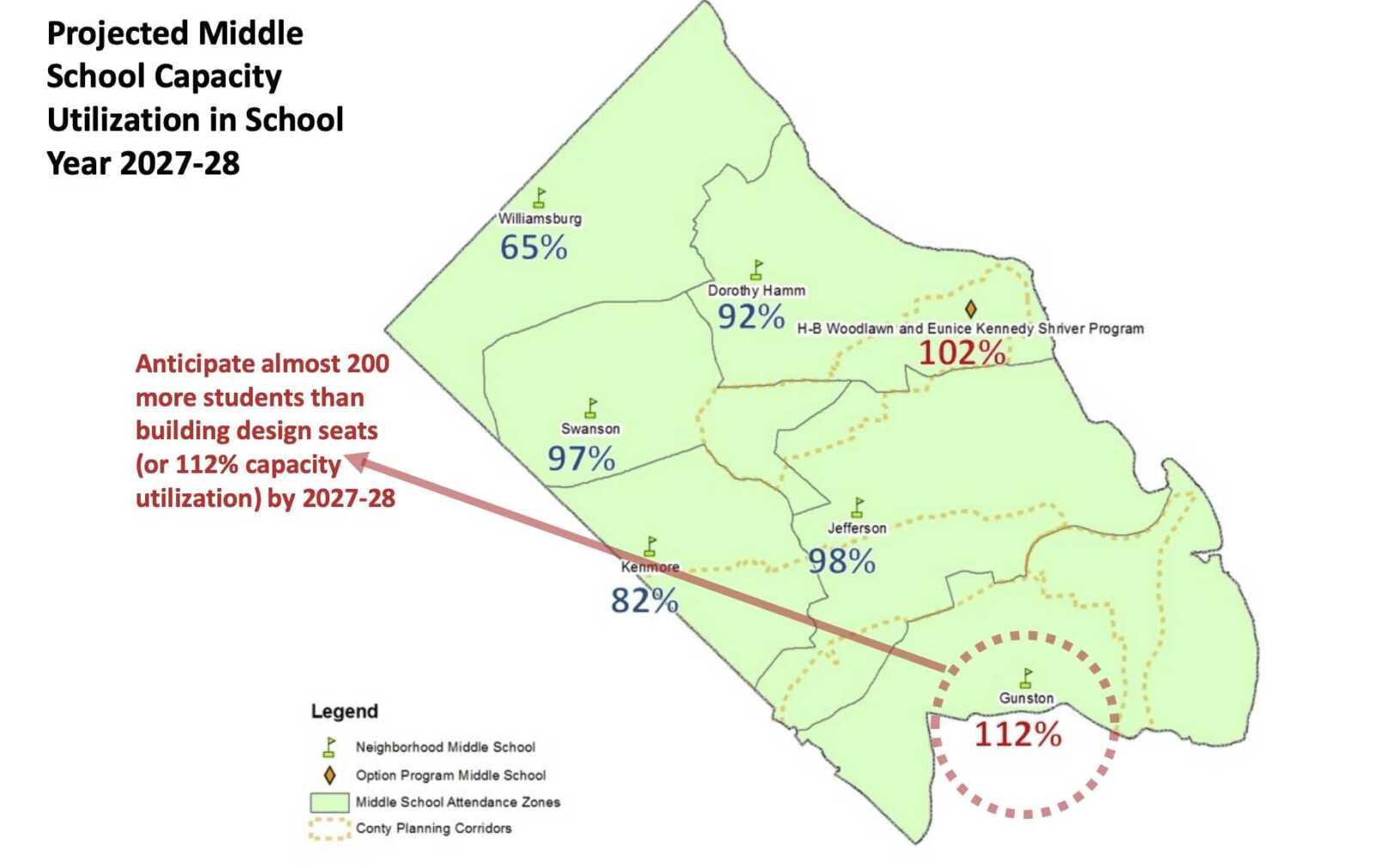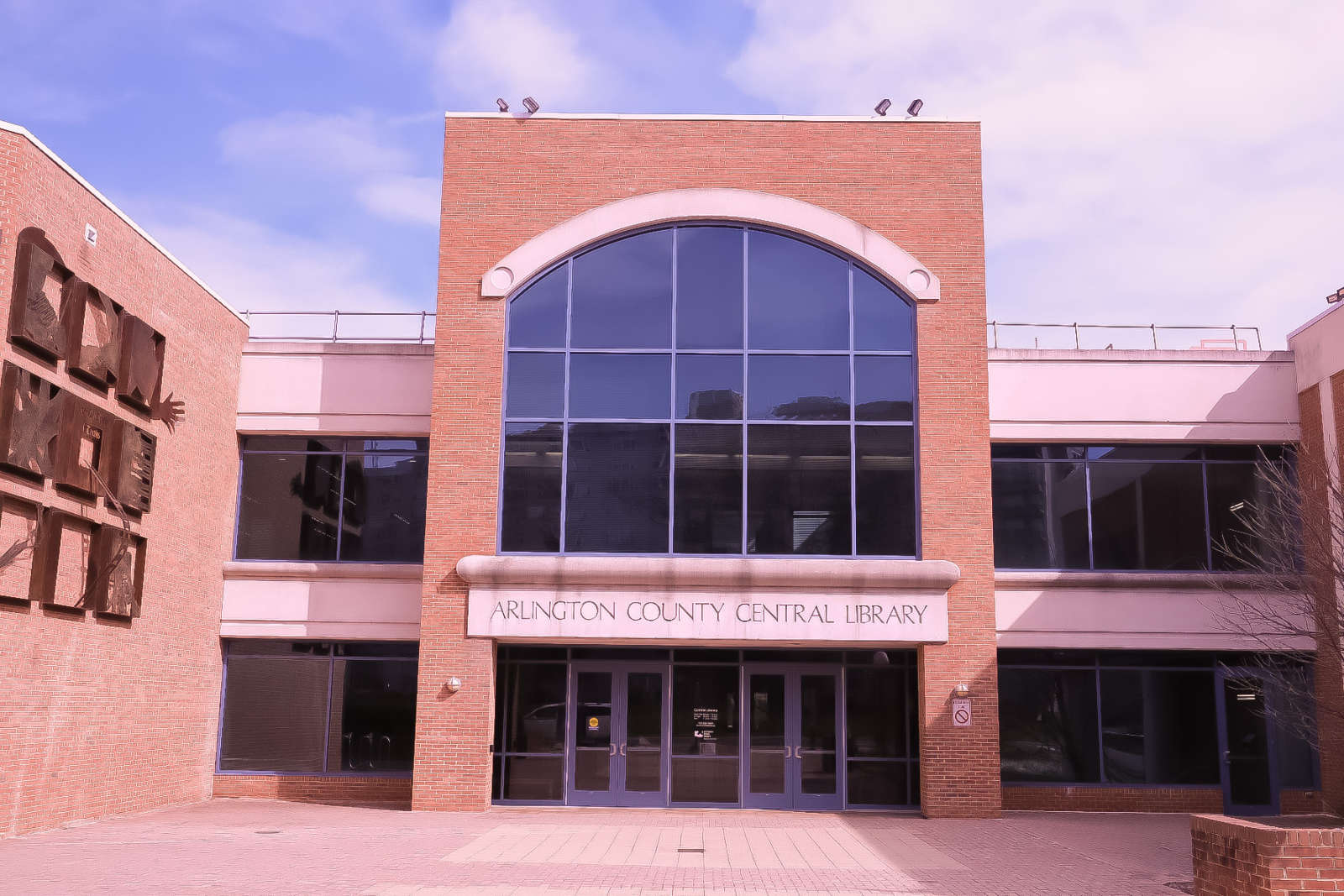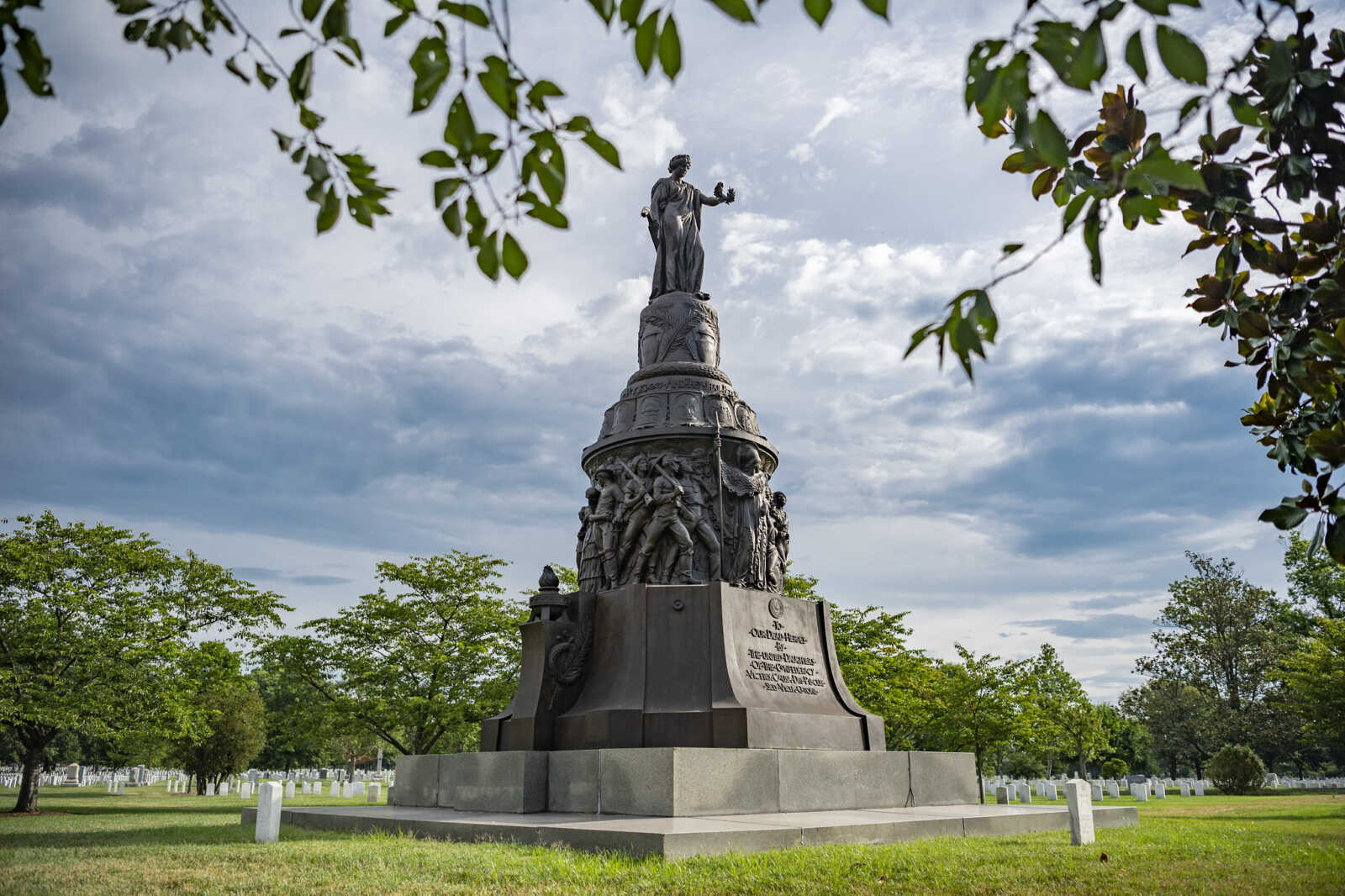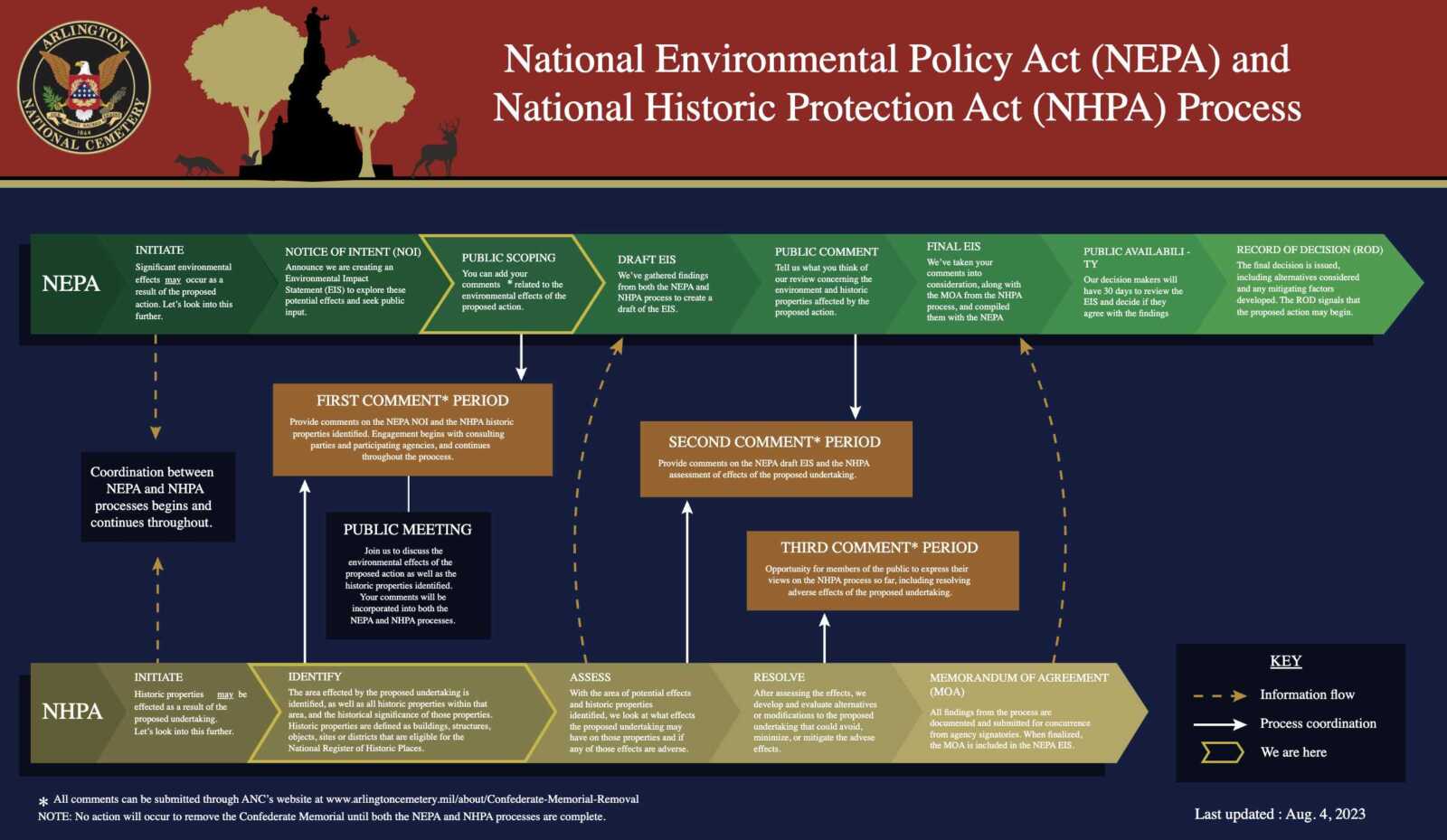An Arlington Tech robotics team has an unusual strategy for building camaraderie and raising money ahead of competition season: yard work.
Every fall, members of the Koibots weed, rake and landscape around 40 yards in Arlington. Money funds the cost to pay for robot parts and travel and lodging when competitions start in March.
“We’re kids, we all we have the ability to go out and break our backs for four hours on a weekend, shoveling, raking leaves and whatnot,” says rising senior Madeline Florio. “It is a service that people do need and we are able to provide it. Our customers are pretty loyal.”
The team’s coach, engineering teacher Steve Nystrom, says yard work hones their ability to communicate and work together, which comes in handy during the building phase.
“So when you start making the robot, you need to know, who can I depend on? Who can I count on? Who has the skill sets?” he said. “Ironically, you can build a lot of that and know a lot of those answers by going out on yard jobs.”
This kind of fundraising makes the Koibots an anomaly, says rising junior Anna Litwiller. Most teams get large sums of money from Boeing, Lockheed Martin and sometimes the Dept. of Defense.
The yard work might provide the team a competitive advantage, especially considering how well they’ve performed in their short existence.
Despite being in existence for just five years and having constructed only three robots, the team has twice made the cut-offs for districts — where the top 50% of teams in D.C., Virginia and Maryland compete in the spring.
This year, the Koibots came in 36th out 0f 60 and won an award for its design and branding, which leans heavily into its quirky culture influenced by marine life.
Nystrom said he chose the name “Koibots” because Arlington Tech’s Frisbee team is called “The Kois.” After naming their second robot “Sharkbait,” the aquatic theme stuck.
“We try to do as much as we can send her around the fish, and the IKEA shark, and all sorts of aquatic things,” says rising junior Shangwen Cheng. “We highly encourage our team members to get a shark because they’re wonderful but it really brings together our team in a way that you really can’t from the engineering alone.”
“Obviously, we’re here to encourage a love of STEM and building things and learning all things technical, but it’s also a lot of fun and you get to throw sharks around at people,” she continued.




